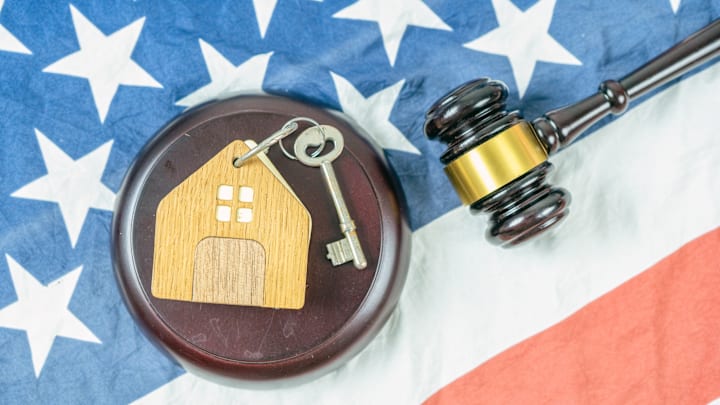The typographical error, or typo, is often nothing more than a source of amusement for the reader. In the first edition of author Cormac McCarthy’s dire apocalyptic novel The Road, we learn of someone “walking along the bench downshore.” It should, of course, be beach. Other times, a typo can have catastrophic consequences, as in the case of a single unneeded hyphen in the code of NASA’s unmanned Mariner 1 interplanetary probe that caused it to malfunction and forced its destruction in 1962.
Somewhere in between dystopian humor and space disaster is the typo found in a 1928 Supreme Court opinion about property rights, one which may have inadvertently influenced an unknown number of decisions to follow.
The opinion referenced a decision in a zoning dispute and read: “The right of the trustee to devote its land to any legitimate use is property within the protection of the Constitution.”
But property should not have been property. It was intended to read properly, with the accurate statement being: “The right of the trustee to devote its land to any legitimate use is properly within the protection of the Constitution.”
As originally written, the court appears to be stating that a private property owner has Constitutionally protected rights—a rather dramatic and sweeping declaration. Private property is subject to limitations enforced by the government. Though the court later amended the opinion, the correction was usually overlooked, and the original, incorrect assertion stood.
According to The New York Times, the opinion and its typo has been cited in at least 14 court decisions through 2020, as well as in 11 appellate briefs. What isn’t known is whether the citations had any influence on a judge’s decision. Michael Allan Wolf, a University of Florida law professor, told the Times that it’s entirely possible the error has made its way into rulings.
“It gave an additional argument to the private property rights movement,” Wolf said. “And they have been very successful almost every time in pushing new theories. And this is a big one, because it supports the almost commonly held notion that you have a right to do on your property what is reasonable … That’s not the way it works. The way it works is that the government has the right to place reasonable restrictions on your use of property. I know it’s subtle, but that’s a big difference.”
Not surprisingly, the Supreme Court no longer edits opinions without making a public declaration. For the court to establish such guidance, there can’t be any confusion about the wisdom of those sitting on the beach.
Read More About Law:
A version of this story originally ran in 2022; it has been updated for 2025.
